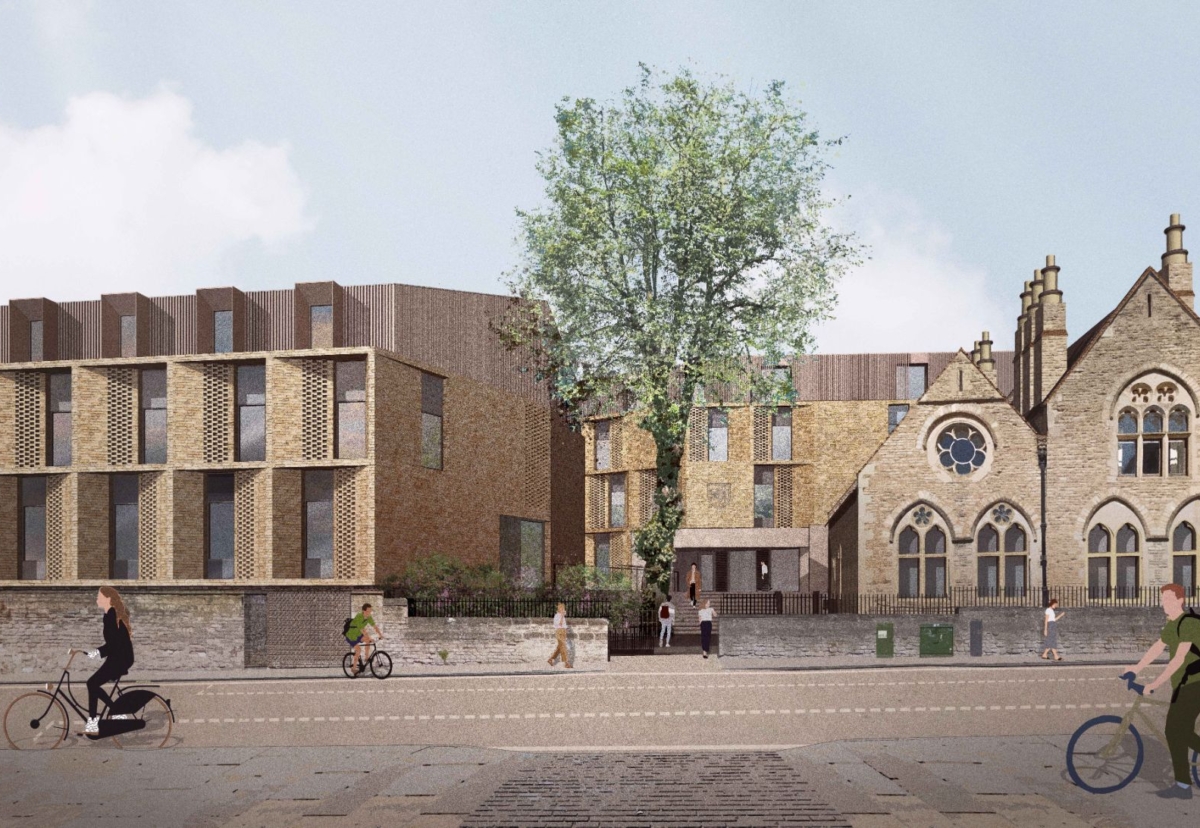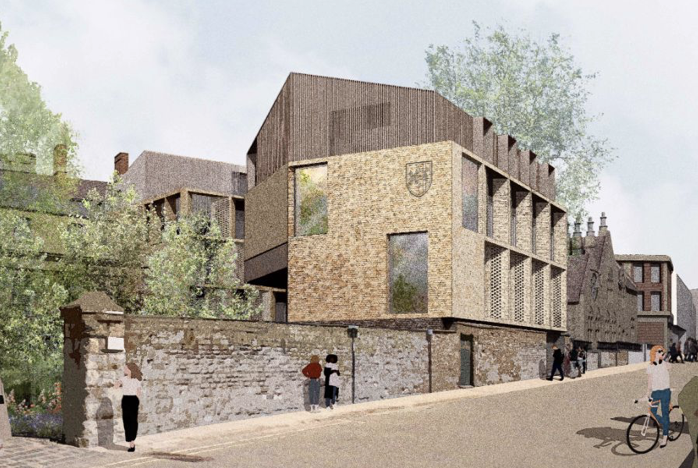The project to create two buildings of four storeys will provide 54 bedrooms for the college’s students.
To achieve Passivhaus LEB standard, the design will follow a ‘fabric first’ approach to achieve extremely low energy consumption and high occupant comfort, with a more relaxed target for space heating and airtightness, providing greater flexibility to the design of the building.
Richard Poulter managing director for Willmott Dixon’s Central South region said: “Following the UN’s report on climate change, and with COP26 looming, we are looking forward to working with St Peter’s College to deliver a low carbon student residential building that will be a template for future projects.
“Using our extensive Passivhaus expertise, it will be in keeping with the college’s philosophy of ‘honouring the past, building for the future’, creating a wonderful environment for students to live in one of the UK’s most sustainable residences as they study at the prestigious college.”
The St Peter’s College project is the latest to benefit from Willmott Dixon’s extensive Passivhaus knowledge.
As well as the Spelthorne contract award earlier this month, Willmott Dixon built the award-winning £38m Harris Academy Sutton, the UK’s largest Passivhaus accredited secondary school.
It also delivered Hackbridge Primary School, the UK’s first Passivhaus ‘Plus’ education facility, which consumes only 75% of the 100% renewable energy it generates, selling the remainder back to the grid.


















 (300 x 250 px).jpg)




























.gif)







